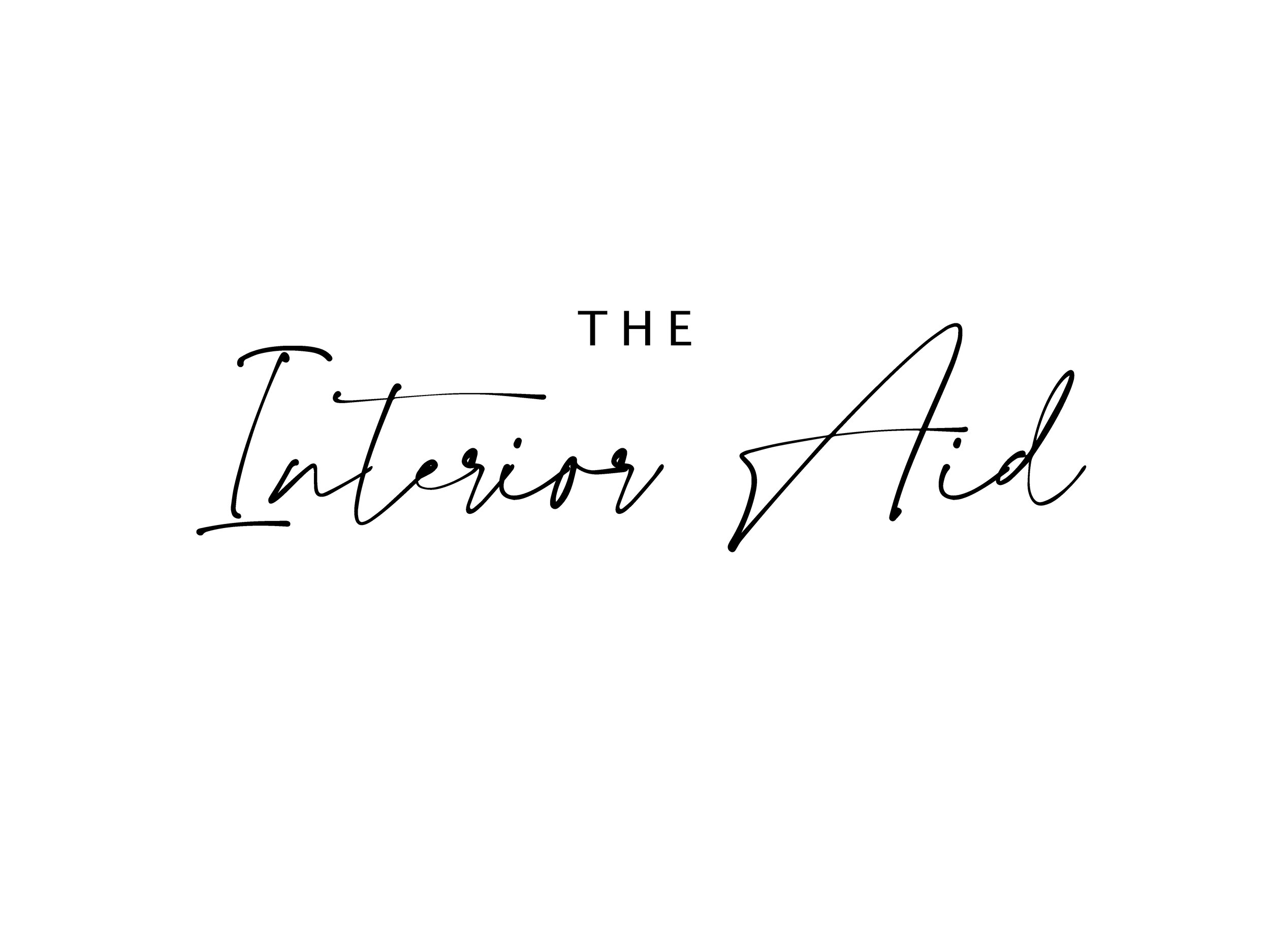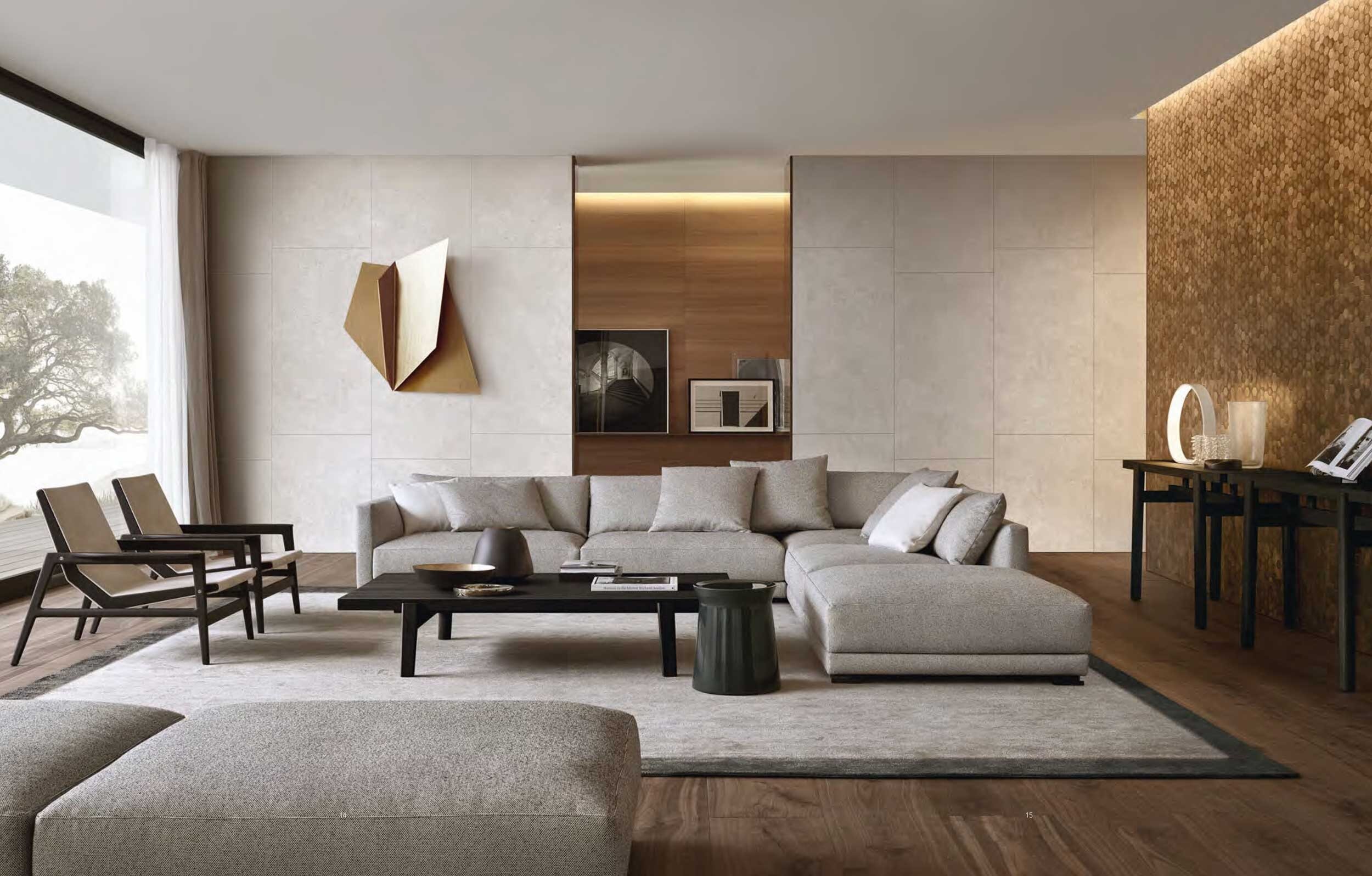Finding your Interior Design Style
Photo Credit: The Plum Guide
What interior design style are you? Whether you are mildly interested in interiors or are renovating your home, it is likely to be a question that occasionally pops into your mind. Most designers consider there to be a key set of styles that remain timeless and applicable to the masses, but for most (or perhaps even all) it’s a combination of several styles. So this post is dedicated to understanding exactly what those timeless styles are and to helping you find your clique.
Traditional
This is a timeless style that prioritises comfort and uses a blend of classic antiques that are juxtaposed against more modern elements. Subtlety is encouraged, with natural materials and colours used throughout to create a warm and inviting feeling unique to the homeowners taste.
Symmetry and patience are needed to successfully pull off this design style, as sometimes sourcing the right antique pieces will take a while. Take a look at the portfolio of iconic interior designer Kathryn Ireland if you wish to see some more visual inspiration.
Photo Credit: Trevor Trondo
modern
Inspired by the modernist art movement, this style is clean and unadorned. Many therefore see it as cold and sterile, but this movement is far from that. Form serves function and is an integral part of the design language with it surpassing all other qualities, followed closely by careful compositions and articulated geometry.
Clean lines, dark woods and bold upholstery will make an appearance in a modern interior, and less is definitely more. From Mies van der Rohe’s Barcelona chair to Isamu Noguchi’s table there are countless modernist furnishings to help you achieve this look.
Photo Credit: Matthieu Salvaing
organic modern
Neutral is the primary quality with textures introduced to make the space more interesting and inviting. It isn’t entirely minimalist because of the layering technique used throughout the space, but the furniture is simple with clean and modern forms.
Shades of white combined with natural materials such as wooden elements, linen and ceramics give this style an earthy and grounded feel. Natural and artificial lighting is celebrated with framing whether that be with billowing curtains or with lighting carefully crafted from brass or chrome.
Photo Credit: Emily Henderson
Modern Farmhouse
This style builds on a rustic notion but makes it more refined and modern, it features a hint of traditional without it being too formal. It invites the outdoors in and acknowledges that a space should be functional but also retain its tidy charm and beauty.
A relaxed combination of natural textures such as reclaimed woods, leather and jute are combined with soothing colour palettes of earthy beiges, tans and greys. These elements are then balanced with the introduction of sophisticated materials such as marble and brass to bring the space together.
Photo Credit: Paul Dyer
eclectic
Multi-layered, surprising and fun, if done in a correct manner an eclectic style can be outstanding. It’s a riot of colour, textures, and materials because it is expressive of the homeowners personality and character, but that certainly doesn’t mean its easy to do.
To achieve this look takes time and honing. You should seek to represent different design eras, starting with large furniture pieces and building an atmosphere from this, incorporating several bold statement pieces and curating all of smaller items you own to your hearts content.
Photo Credit: Nate Cook
Bohemian
This is the sister style to eclectic as it is quite similar but instead concentrates of accentuating natural and organic elements into a layered and more muted look. It captures a carefree and adventurous spirit with its creative use of pattern, texture and colour, particularly with shades of beige, red and purple.
A key element of this style is that it looks stylishly messy all of the time with lots of throws, rugs and cushions. Moroccan, southwestern and tribal inspired items often adorn the space, each bringing an exotic and playful accent to the room. Anthropologie is a great shop to browse if you are considering this style.
Photo Credit: Pop & Scott
Industrial
It is bold yet refined, and masculine yet feminine. The characteristics of this style are quite explicit, with liberal use of metal accents and wooden elements to create a rustic yet mature feel. However, these elements shouldn’t be used excessively as it is still important to create a well balanced interior that is reflective of an industrial vibe but also still feels comfortable.
A blend of warm colours and texture can help maintain this balance, along with oversized soft furnishings and artwork. Ornamental lighting that is minimal yet powerful in its appearance can help to refine the look.
Photo Credit: Ryan McDonald
Coastal
As the name suggests it’s all about the casual beachy atmosphere and bringing coastal elements into your home. A relaxed and unassuming look can be created using crisp whites and neutrals as base, then layering with a minimal amount of colour, white linen furnishings and wooden details.
It’s important to make use of the natural light source coming into the room to maximise that airy and bright feeling. Think about using deep sofas with oversized cushions and chunky knit throws, and concentrate on using natural materials throughout to keep the overall atmosphere inviting and chilled.
Photo Credit: Read McKendree
mid-century modern
Sleek and timeless, this style has to be executed with great care by understanding its history and how to incorporate a modern twist into this. The main goals of the space are to include simple organic shapes and to emphasise function over form unlike some of the previous styles mentioned.
You should steer clear of cheap furniture, focusing on sourcing veneered vintage pieces. Stick the traditional mid-century colour palette of bright hues in the 1950s or earthy tones used throughout the 1960s.
Minimalist
Minimalism is perhaps the hardest style to adhere to with its bold and sophisticated look. There is a strong focus on quality in regard to the finishes and furniture and it uses an incredibly refined and considered material palette.
Everything in the room must be there for a specific purpose and colour is used sparingly, if at all. The idea is to not distract from its simplicity and raw beauty, with shades of black and white considered best for a minimal space. Shapes, light and shadow therefore contribute hugely to the spaces atmosphere and usually influence decisions to do with furniture placement and layout.
Photo Credit: Jackie Nickerson
Scandinavian
If you believe in simplicity but minimalism is too hard to live by, then a scandinavian inspired room is for you. It champions simplicity and speaks to both our tidy tendencies as well as our desire to live in an inviting and comfortable setting.
The style combines modern furniture while using a blend of textures, contrasts and soft hues to create a refined yet warm atmosphere. Natural light becomes a huge feature to accentuate this combination and it purposely celebrates modern furniture with clean lines and a muted colour palette.
Photo Credit: Getty Images
Luxe
Textures and materials play a huge role in creating this look, as its all about creating a high-end finish that is minimal yet impactful. Strategically placed lights are used to maximise warmth, emphasise the material palette and add character to the room.
Choose hues that compliment each other but no more than three along with their shades so that a cohesive atmosphere is achieved. Art is incredibly important with this style so choose something personal and layer them throughout, opting for different scales. Consider a sculpture too if you really want to amp up the luxury feeling.
Photo Credit: F&P Interiors
FINDING Your Interior Design Style
Now that you’ve seen a summary of the different design styles so often referred to, you probably have a better idea of where your style might fit, but the point is that it’s unlikely it sits in just one of the above.
You many find yourself captivated by a minimalist look with an element of bohemian and luxury to it, and that is totally fine. Interior design is best curated and experienced when it is emotionally informed, so experiment, follow your instincts and just do what naturally feels right. If you are unsure about some design decisions, use the general rules outlined for each style above to ensure that you aren’t going off on a tangent. However, above all just have fun and let your interiors be expressive of your personality!
If you are in search of more inspiration or examples on how to mix styles be sure to also check out the House to Home series, a curated set of conversations with some of the best home influences of Instagram, talking all things style, interior design and how to.













